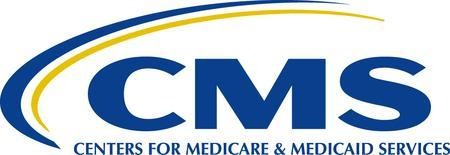Mother and Infant Home Visiting Program
Evaluation (MIHOPE)
Informing the Future of Home Visiting
Home Visiting and Community-Based Partners: Innovative Strategies for Engaging Hard-to-Reach Populations
All over the U.S., home visiting programs are working with other service providers to engage families that may be hard-to-reach — for example, due to unstable transportation or housing conditions. Engagement may include introducing people to services, or enrolling or retaining families in programs. Through partnerships, home visiting programs are connecting face-to-face with low-income families to introduce them to home visiting services. The ultimate goal of such innovations is to engage more families in home visiting and the network of programs that can improve early childhood outcomes, such as healthy development and school readiness.
Two MIHOPE program sites have innovative strategies for connecting with families and introducing them to home visiting. One MIHOPE program site has successfully partnered with an early childhood education program, and a second program is working directly with the local Women, Infants, and Children (WIC) office. In both situations, the home visiting program is collaborating with another community service provider to talk with families about home visiting services for families. These two MIHOPE program sites are highlighted below as examples of creative strategies to engage families in home visiting services.
- Previous research has demonstrated a connection between school readiness and participation in home visiting services, yet not all children who are eligible for these services access them. A study conducted in 2013 in Elgin, Illinois, found that identifying, recruiting, and enrolling children of families considered hard-to-reach (i.e., unaware of or unable to access high-quality early childhood education services) is a complex process. A home visiting program in Elgin has paired a home visitor and a preschool teacher to go into low-income housing complexes and offer families home visiting and early childhood education services. This partnership maximizes the ability of both programs to enroll families that have been hard-to-reach in the past. The success of this partnership has resulted in more than 150 children receiving home visiting and preschool services.
- WIC reaches many high-risk families who are also eligible for home visiting services. In one Wisconsin community that is participating in MIHOPE, the home visiting program is located in the same location as WIC and the county health department. The program hosts a regular community advisory group meeting with WIC, the public health nurses, and other community partners. The home visitors have been trained on how the WIC program operates. A few times per month, home visitors are stationed at the WIC office to meet directly with families who may be eligible for home visiting. The strategy helps the home visiting program engage with eligible families and conduct face-to-face outreach with a potential client as part of her WIC visit.
The opportunity to have home visitors work directly with other community-based programs has proven an effective strategy for engaging hard-to-reach families in home visiting services.





